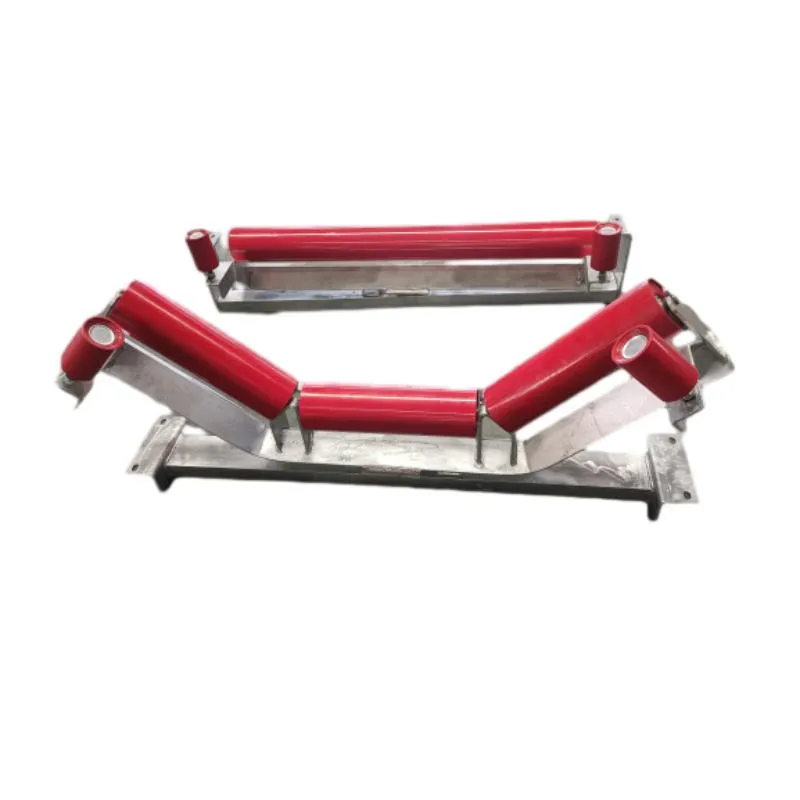 Afrikaans
Afrikaans  Albanian
Albanian  Amharic
Amharic  Arabic
Arabic  Armenian
Armenian  Azerbaijani
Azerbaijani  Basque
Basque  Belarusian
Belarusian  Bengali
Bengali  Bosnian
Bosnian  Bulgarian
Bulgarian  Catalan
Catalan  Cebuano
Cebuano  Corsican
Corsican  Croatian
Croatian  Czech
Czech  Danish
Danish  Dutch
Dutch  English
English  Esperanto
Esperanto  Estonian
Estonian  Finnish
Finnish  French
French  Frisian
Frisian  Galician
Galician  Georgian
Georgian  German
German  Greek
Greek  Gujarati
Gujarati  Haitian Creole
Haitian Creole  hausa
hausa  hawaiian
hawaiian  Hebrew
Hebrew  Hindi
Hindi  Miao
Miao  Hungarian
Hungarian  Icelandic
Icelandic  igbo
igbo  Indonesian
Indonesian  irish
irish  Italian
Italian  Japanese
Japanese  Javanese
Javanese  Kannada
Kannada  kazakh
kazakh  Khmer
Khmer  Rwandese
Rwandese  Korean
Korean  Kurdish
Kurdish  Kyrgyz
Kyrgyz  Lao
Lao  Latin
Latin  Latvian
Latvian  Lithuanian
Lithuanian  Luxembourgish
Luxembourgish  Macedonian
Macedonian  Malgashi
Malgashi  Malay
Malay  Malayalam
Malayalam  Maltese
Maltese  Maori
Maori  Marathi
Marathi  Mongolian
Mongolian  Myanmar
Myanmar  Nepali
Nepali  Norwegian
Norwegian  Norwegian
Norwegian  Occitan
Occitan  Pashto
Pashto  Persian
Persian  Polish
Polish  Portuguese
Portuguese  Punjabi
Punjabi  Romanian
Romanian  Russian
Russian  Samoan
Samoan  Scottish Gaelic
Scottish Gaelic  Serbian
Serbian  Sesotho
Sesotho  Shona
Shona  Sindhi
Sindhi  Sinhala
Sinhala  Slovak
Slovak  Slovenian
Slovenian  Somali
Somali  Spanish
Spanish  Sundanese
Sundanese  Swahili
Swahili  Swedish
Swedish  Tagalog
Tagalog  Tajik
Tajik  Tamil
Tamil  Tatar
Tatar  Telugu
Telugu  Thai
Thai  Turkish
Turkish  Turkmen
Turkmen  Ukrainian
Ukrainian  Urdu
Urdu  Uighur
Uighur  Uzbek
Uzbek  Vietnamese
Vietnamese  Welsh
Welsh  Bantu
Bantu  Yiddish
Yiddish  Yoruba
Yoruba  Zulu
Zulu Comprehensive Guide to Conveyor Pulley Selection and Specifications
Understanding Conveyor Pulley Catalogues A Comprehensive Overview
Conveyor systems are essential in modern industry, facilitating the efficient movement of materials from one point to another. At the heart of these systems are conveyor pulleys, which play a crucial role in ensuring the reliability and efficiency of material handling operations. A conveyor pulley catalogue serves as a vital resource for engineers, procurement managers, and maintenance personnel, providing necessary information on various types of pulleys, their specifications, and applications.
What is a Conveyor Pulley?
A conveyor pulley is a mechanical device that is used to support and transmit power in a conveyor system. They are typically located at key points in the conveyor system, such as at the end (tail pulleys), at the drive (drive pulleys), or in the middle (snub pulleys). Pulleys are designed to withstand specific load capacities and are made from a variety of materials, including steel and rubber, to accommodate different environmental conditions and operational requirements.
Types of Conveyor Pulleys
Conveyor pulleys come in several types, each designed for specific applications and loads. The main types include
1. Drive Pulleys These are the pulleys that are powered by a motor to drive the conveyor belt. Their design must ensure maximum traction with the belt to provide smooth and efficient movement of materials.
2. Tail Pulleys Located at the end of the conveyor, tail pulleys are responsible for maintaining belt tension. They must be sturdy enough to endure the load that is transferred onto them as the material travels the length of the conveyor.
3. Snub Pulleys These are used to increase the angle of contact between the conveyor belt and the drive pulley, enhancing the friction that helps in effective power transmission.
4. Take-Up Pulleys These pulleys are essential in maintaining the tension of the conveyor belt. They accommodate belt elongation and wear over time, ensuring continuous operation without slippage.
5. Belt Change Pulleys These specialized pulleys facilitate the changing of conveyor belts without dismantling the entire system, simplifying maintenance efforts.
Selecting the Right Pulley
conveyor pulley catalogue

Choosing the appropriate conveyor pulley is critical for the efficiency and reliability of a conveyor system. Factors to consider when selecting pulleys include
- Load Capacity Determine the maximum load the pulley will need to support during operation
. This includes accounting for dynamic loads and potential overload situations.- Material The construction material of the pulley should match the intended application. Steel pulleys exhibit high strength and durability, while rubber-covered pulleys may provide additional grip and abrasion resistance.
- Size and Dimensions The diameter and width of the pulley must be compatible with the conveyor belt specifications. The size affects the belt's tension and the overall efficiency of the system.
- Operating Environment Consider environmental factors such as temperature, humidity, exposure to chemicals, and physical obstructions that may affect pulley performance and lifespan.
Importance of Conveyor Pulley Catalogues
Conveyor pulley catalogues offer a comprehensive view of available products, complete with detailed specifications, technical drawings, and performance data. They serve as a critical tool for
- Engineers involved in system design, offering insights into the various pulley types and their respective applications.
- Procurement professionals looking for accurate data to make informed purchasing decisions, ensuring compatibility with existing systems.
- Maintenance teams that require specifications for replacement parts to minimize downtime and avoid operational disruptions.
In conclusion, understanding conveyor pulley catalogues is vital for anyone involved in the design, selection, or maintenance of conveyor systems. With the right information at hand, stakeholders can optimize system efficiency, prolong equipment life, and enhance overall productivity in their operations. Investing time in exploring these catalogues can yield significant long-term benefits for industrial applications, making them an indispensable resource in material handling industries.
-
Revolutionizing Conveyor Reliability with Advanced Rubber Lagging PulleysNewsJul.22,2025
-
Powering Precision and Durability with Expert Manufacturers of Conveyor ComponentsNewsJul.22,2025
-
Optimizing Conveyor Systems with Advanced Conveyor AccessoriesNewsJul.22,2025
-
Maximize Conveyor Efficiency with Quality Conveyor Idler PulleysNewsJul.22,2025
-
Future-Proof Your Conveyor System with High-Performance Polyurethane RollerNewsJul.22,2025
-
Driving Efficiency Forward with Quality Idlers and RollersNewsJul.22,2025





























